

Articles
How To Store Bows
Modified: February 22, 2024
Learn how to properly store your bows and preserve their quality with our informative articles. Discover tips, tricks, and best practices for maintaining your bows in top condition.
(Many of the links in this article redirect to a specific reviewed product. Your purchase of these products through affiliate links helps to generate commission for Storables.com, at no extra cost. Learn more)
Introduction
Welcome to the world of archery! Whether you’re a seasoned archer or just starting out, properly storing your bows is essential to protect your investment and ensure their longevity. Bows are delicate and sensitive to environmental factors, so it’s important to follow the right storage practices to prevent damage and maintain their performance.
In this article, we’ll explore how to store bows effectively to keep them in optimal condition. We’ll cover everything from choosing the right storage space to organizing accessories and arrows. So let’s dive in and discover the best practices for bow storage!
Key Takeaways:
- Proper bow storage is crucial for protecting your investment and ensuring longevity. Choose the right storage space, maintain proper bow placement, and implement protection and maintenance practices to keep your bows in optimal condition.
- Organizing accessories and arrows, traveling with bows, and considering additional tips will further enhance the storage and care of your bows. By following these best practices, you can ensure the safety, longevity, and optimal performance of your bows for many years to come.
Read more: How To Store A Compound Bow
Choosing the Right Storage Space
When it comes to storing your bows, selecting the right storage space is crucial. You’ll want a location that provides a stable environment with controlled temperature and humidity levels. Here are a few factors to consider:
- Avoid Extreme Temperatures: Bows are sensitive to extreme heat or cold. Avoid storing them in places like garages or attics that are prone to drastic temperature changes. Instead, find a space indoors where the temperature remains relatively stable.
- Maintain Optimal Humidity: Excessive humidity can cause the bow’s wooden components to swell or warp, while low humidity can lead to cracking or drying out. Aim for a humidity level between 40-50%. You can use a dehumidifier or humidifier to maintain the right moisture level.
- Protect from Direct Sunlight: Sunlight can fade bow finishes and weaken its components over time. Choose a storage space away from direct sunlight or use curtains, blinds, or UV-protective films on windows to prevent damage.
- Consider Security: Bows are valuable items, both monetarily and sentimentally. Ensure your storage space provides adequate security measures such as a lockable cabinet, safe, or a designated room with limited access.
- Adequate Ventilation: Good air circulation helps prevent the buildup of moisture and also allows any odors or fumes to dissipate. Avoid storing bows in tight, enclosed spaces without proper ventilation.
By taking these factors into account, you can create an optimal storage environment that will help protect your bows from potential damage.
Proper Bow Placement
Once you’ve chosen the right storage space for your bows, it’s essential to consider how to place them properly to ensure their safety and maintain their shape. Here are some tips for proper bow placement:
- Use Bow Racks: Invest in a quality bow rack or wall mount specifically designed for archery equipment. These racks provide a secure and organized way to store your bows, keeping them upright and off the ground.
- Avoid Stacking Bows: Resist the temptation to stack bows on top of each other, as this can lead to pressure points and potential damage. Each bow should have its own designated space on the rack or storage shelf.
- Keep Strings Untwisted: It’s important to store bows with untwisted strings to maintain their performance and longevity. Avoid hanging the bow by its strings, as this can cause unnecessary stress on them.
- Consider Bow Sleeves or Cases: If you want an extra layer of protection, consider using bow sleeves or cases. These padded covers provide added cushioning and guard against scratches or impacts during storage and transportation.
- Inspect Bows Regularly: Make it a habit to inspect your bows periodically for any signs of wear, damage, or string fraying. Early detection can prevent further issues and ensure necessary repairs are made in a timely manner.
By following these proper bow placement practices, you can keep your bows organized, protect them from potential damage, and ensure they remain in proper working condition for years to come.
Protection and Maintenance
Protecting and maintaining your bows is essential for their long-term durability and performance. Here are some key practices to keep in mind:
- Clean your Bows: Regularly clean your bows to remove dirt, dust, and debris. Use a soft cloth or brush to gently wipe down the bow limbs, riser, and string. Avoid using harsh chemicals or solvents that may damage the bow’s finish.
- Apply Wax to the String: Applying wax to the bowstring helps protect and prolong its life. Use a string wax specifically designed for archery equipment and apply a thin coat evenly along the length of the string. This will help reduce friction and prevent fraying.
- Invest in Bow Socks: Bow socks are protective covers made from soft, breathable material that shield your bows from scratches, dust, and moisture. Slip your bows into bow socks before storing them to provide an additional layer of protection.
- Check and Adjust Bow Tension: It’s important to regularly check the tension of your bows and adjust it as needed. Over time, bow limbs can lose or gain tension, affecting their performance. Refer to your bow’s manufacturer instructions on how to properly adjust the tension.
- Store Bows Horizontally: Storing your bows horizontally, especially if they have a recurve or longbow design, helps maintain their shape and prevents any warping or bending of the limbs.
- Use Bow Silencers: Bow silencers are small accessories that can reduce noise and vibration during shooting. Adding silencers to your bowstring can help extend its life and improve shooting accuracy.
By implementing these protection and maintenance practices, you’ll ensure your bows stay in optimal condition, ready for your next archery adventure.
Storing Different Types of Bows
Different types of bows require specific storage considerations to ensure their optimal condition. Here are some guidelines for storing different types of bows:
Read more: How To Store A Bow
Recurve Bows:
Recurve bows are popular among archers for their versatility and ease of use. When storing recurve bows, follow these tips:
- Dismantle if Possible: If your recurve bow is takedown, consider disassembling it for storage. This makes it easier to transport and reduces the risk of damage to the limbs.
- Store Limbs Separately: If you choose to disassemble the bow, store the limbs separately in their protective covers. This prevents any strain or pressure on the limbs and helps maintain their shape.
- Keep String Detached: To relieve tension on the bowstring, remove it from the limbs when storing the recurve bow. Ensure the string is clean and dry before detaching.
Compound Bows:
Compound bows are known for their power and precision. Here’s how to store compound bows:
- Do Not Overtighten: When storing a compound bow, make sure not to overtighten the bowstring. This can strain the limbs and affect its performance. Follow the manufacturer’s instructions on proper tensioning when storing.
- Use Bow Press: If you have the necessary equipment and knowledge, you can use a bow press to release tension from the cables and strings during storage. This helps maintain the bow’s shape and prolong its lifespan.
- Store Vertically: Compound bows can be stored vertically in a bow rack or case. Ensure the bow is secure, and the riser is supported to prevent any unwanted stress on the limbs and cables.
Traditional Bows:
Traditional bows, such as longbows and recurve bows without takedown features, have their own storage requirements:
- Store Horizontally: Traditional bows should be stored horizontally to prevent any sagging or warping of the limbs. Using a bow rack or wall mount specifically designed for traditional bows will help maintain their shape.
- Secure String: String loops or bowstring retainers can be used to secure the string against the limbs and prevent it from unwinding during storage.
Remember to always refer to the manufacturer’s guidelines for storing specific bow models, as they may provide additional recommendations based on the bow’s design and materials.
Organizing Accessories and Arrows
In addition to properly storing your bows, it’s important to organize your archery accessories and arrows to keep them easily accessible while minimizing the risk of damage. Here are some tips for organizing these essential items:
Read more: How To Store Bow
Accessories:
- Use a Tackle Box or Organizer: Invest in a tackle box or organizer with compartments to store smaller accessories like finger tabs, arm guards, Allen wrenches, and bowstring wax. This will keep everything organized and easily accessible.
- Separate by Category: Group similar items together in separate compartments or containers. For example, keep spare bowstrings in one section, arrow points in another, and sight pins in another. This makes it easier to find what you need quickly.
- Labeling: Consider labeling the compartments or containers to make it even easier to locate specific accessories. This can be especially helpful if you have a large collection of items.
- Hang Accessories: For larger accessories like quivers or stabilizers, consider using hooks or hangers to keep them organized and off the ground. This not only saves space but also helps prevent any damage or bending of these items.
Arrows:
- Use an Arrow Tube or Quiver: An arrow tube or quiver is a great way to keep your arrows organized and protected. These containers prevent the arrows from getting damaged and make it easy to transport them to and from the range or field.
- Separate by Type: If you have different types of arrows, such as target arrows and hunting arrows, consider keeping them separated to ensure you grab the appropriate arrows for each activity.
- Inspect Arrow Shafts: Regularly inspect your arrow shafts for any signs of cracks, splintering, or other damages. Remove any damaged arrows from the storage and replace them to maintain a safe and functional arsenal.
- Consider Fletching Protectors: Fletching protectors or sleeves can be used to prevent the feathers or vanes of your arrows from getting bent or damaged during storage. Slide these protective covers onto the arrows to keep them in pristine condition.
By organizing your accessories and arrows, you’ll have everything neatly stored and readily available for your archery needs, ensuring a smooth and enjoyable shooting experience.
Traveling with Bows
Whether you’re heading to the archery range or going on a hunting trip, proper bow storage during travel is crucial to protect your equipment from damage. Here are some guidelines for traveling with bows:
- Use a Hard Case: Invest in a durable, hard case specifically designed for archery equipment. These cases provide maximum protection and are built to withstand the rigors of travel. Look for cases with foam padding and secure latches.
- Secure Bows in the Case: Ensure the bow is properly secured inside the case to prevent any movement during transit. Use foam inserts, bow straps, or other soft materials to hold the bow securely in place.
- Protect the Bowstring: To avoid any damage to the bowstring, consider unstringing the bow or using a bow stringer to safely and correctly string and unstring the bow when needed.
- Label Your Case: Place a luggage tag or label on your bow case with your contact information. This will help identify your case and facilitate its return if it gets misplaced during travel.
- Check Travel Regulations: Be aware of the specific regulations and guidelines imposed by airlines, bus companies, or other transportation authorities regarding traveling with archery equipment. Some may require specific packaging or additional documentation.
- Notify Security: When going through airport security, inform the officers that you have archery equipment in your bag. They may need to inspect it separately, so be prepared to follow their instructions.
- Remove Accessories: If possible, remove any detachable accessories such as stabilizers, sights, or quivers and pack them separately in your carry-on bag to prevent any damage during transit.
Keep in mind that it’s always a good idea to check with your airline or transportation provider before your trip to ensure you are complying with their specific rules and regulations.
By following these guidelines, you’ll ensure that your bows remain safe and protected during your travels, allowing you to focus on enjoying your archery adventures.
Store bows in a cool, dry place to prevent warping or damage. Hang them on a bow rack or store them in a bow case to protect them from dust and moisture.
Additional Tips for Bow Storage
When it comes to bow storage, there are a few extra tips you can keep in mind to further protect and maintain your equipment. Here are some additional suggestions:
- Regular Maintenance: Set a schedule for regular maintenance and cleaning of your bows. This includes inspecting for any wear or damage, cleaning the bowstring, and applying wax as needed. Regular maintenance ensures your bow stays in top shape.
- Proper Arrow Storage: Store your arrows in a separate container or quiver from your bows. This prevents potential damage or scratching to the bows when accessing or moving the arrows. Consider using arrow racks or tubes to securely store and transport your arrows.
- Consider Climate-Controlled Storage: If you live in an area with extreme temperature or humidity fluctuations or have a valuable bow collection, consider investing in a climate-controlled storage unit. These units provide a stable environment and minimize the risk of damage.
- Remove Batteries: If your bows have electronic components, such as illuminated sights or rangefinders, remove the batteries before storing them. This prevents any potential damage from battery leakage.
- Invest in Bow Covers: Bow covers or sleeves provide an extra layer of protection against dust, scratches, and minor impacts. Slip these covers over your bows when not in use to keep them clean and safe.
- Rotate Bows: If you have multiple bows, consider rotating their usage. By alternating between bows, you allow each bow to have rest periods, reducing the likelihood of fatigue or performance degradation.
- Keep Records: Keep a record of the specifications, date of purchase, and any maintenance performed on your bows. This helps you track their history and allows for easier reselling or warranty claims in the future.
Implementing these additional tips will further enhance the storage and care of your bows, ensuring their longevity and performance over time.
Read more: How To Store Bows And Headbands
Conclusion
Properly storing your bows is essential in protecting your investment and ensuring their longevity. By following the right storage practices, you can keep your bows in optimal condition and ready for your next archery adventure.
Choosing the right storage space that provides stable temperature and humidity levels is the first step. Avoid extreme temperatures and direct sunlight and consider security measures to protect your bows from theft. Adequate ventilation is also important to prevent moisture buildup.
Proper bow placement involves using bow racks or wall mounts to keep your bows upright and off the ground. Avoid stacking bows and keep strings untwisted to maintain their performance. Consider using bow sleeves or cases for added protection
Protection and maintenance practices include regularly cleaning your bows, applying wax to the string, and investing in bow socks for added cushioning. Inspect your bows for any signs of wear or damage and make necessary repairs as soon as possible.
When storing different types of bows, such as recurve bows, compound bows, and traditional bows, follow the specific guidelines for each type to ensure proper care and maintenance.
Organizing accessories and arrows is crucial for easy access and minimizing the risk of damage. Use tackle boxes or organizers for accessories and separate them by category. Use arrow tubes or quivers to keep your arrows protected and separate them by type if necessary.
When traveling with bows, invest in a hard case and secure the bow properly inside it. Follow transportation regulations, remove accessories if possible, and notify security. Unstringing the bow or using a bow stringer is recommended to protect the bowstring.
Additional tips include regular maintenance, proper arrow storage, considering climate-controlled storage, and investing in bow covers. Removing batteries from electronic components and rotating your bows are also recommended practices. Keep records of your bows for future reference.
By implementing these best practices for bow storage, you can ensure the safety, longevity, and optimal performance of your bows for many years to come. Happy archery!
Frequently Asked Questions about How To Store Bows
Was this page helpful?
At Storables.com, we guarantee accurate and reliable information. Our content, validated by Expert Board Contributors, is crafted following stringent Editorial Policies. We're committed to providing you with well-researched, expert-backed insights for all your informational needs.
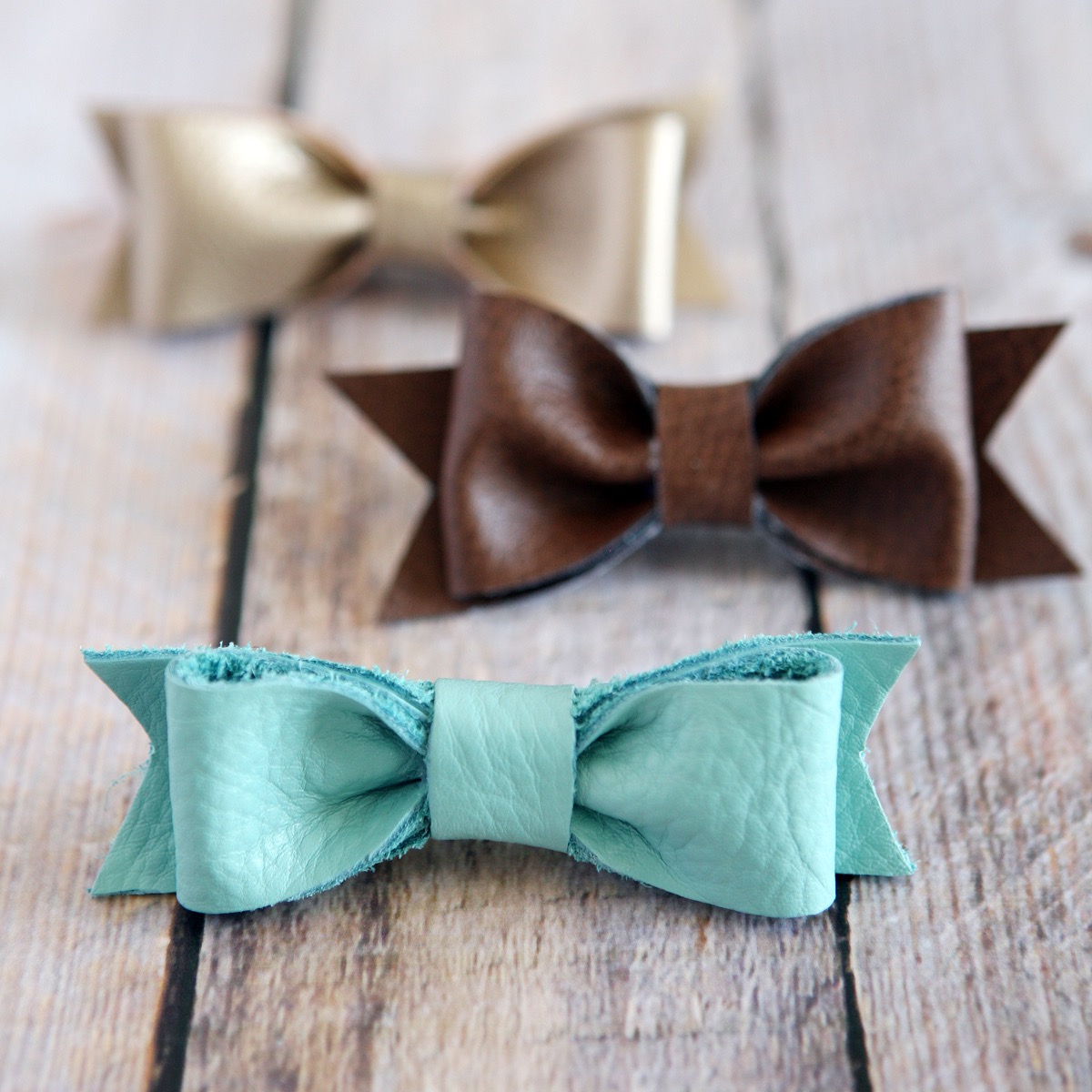
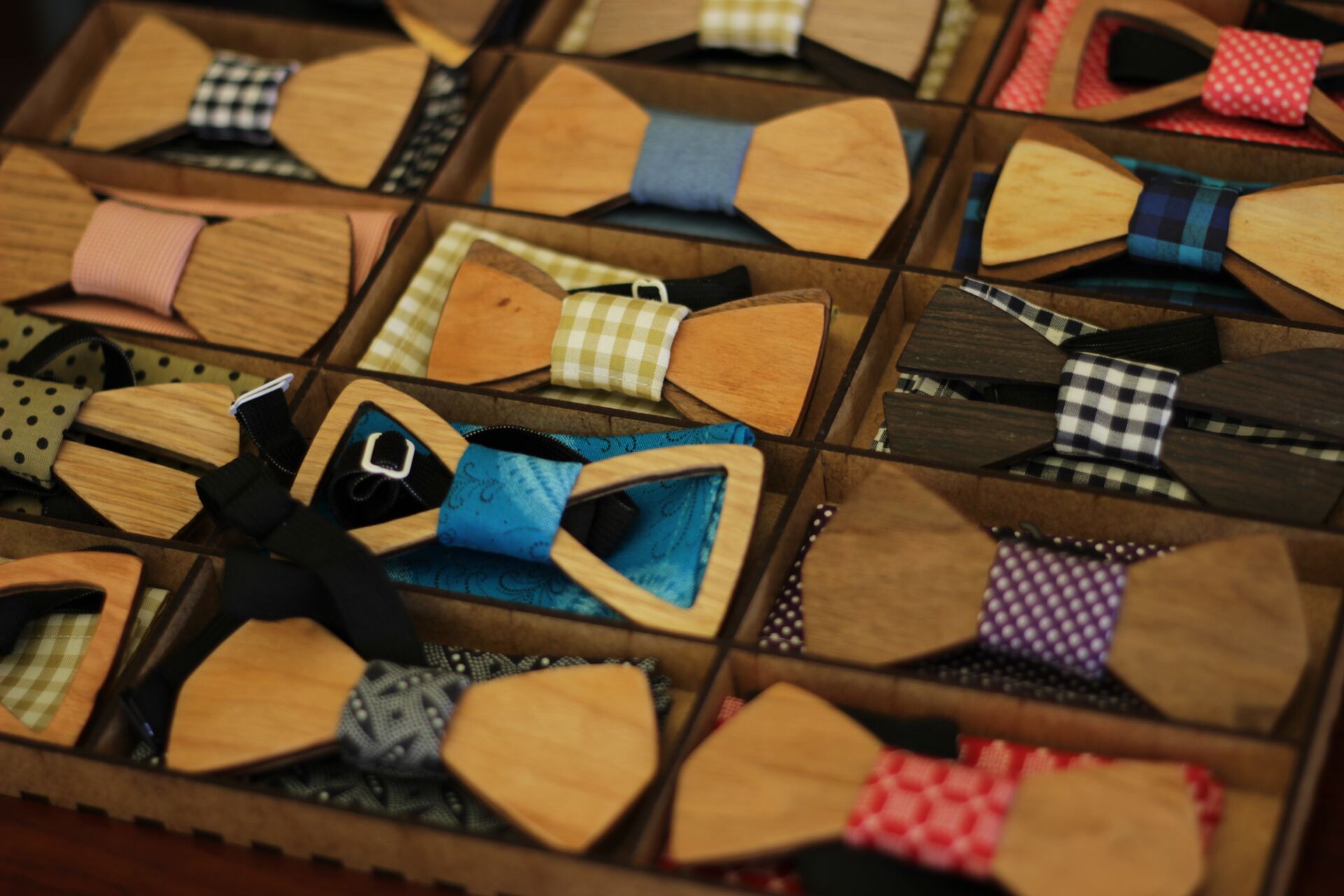
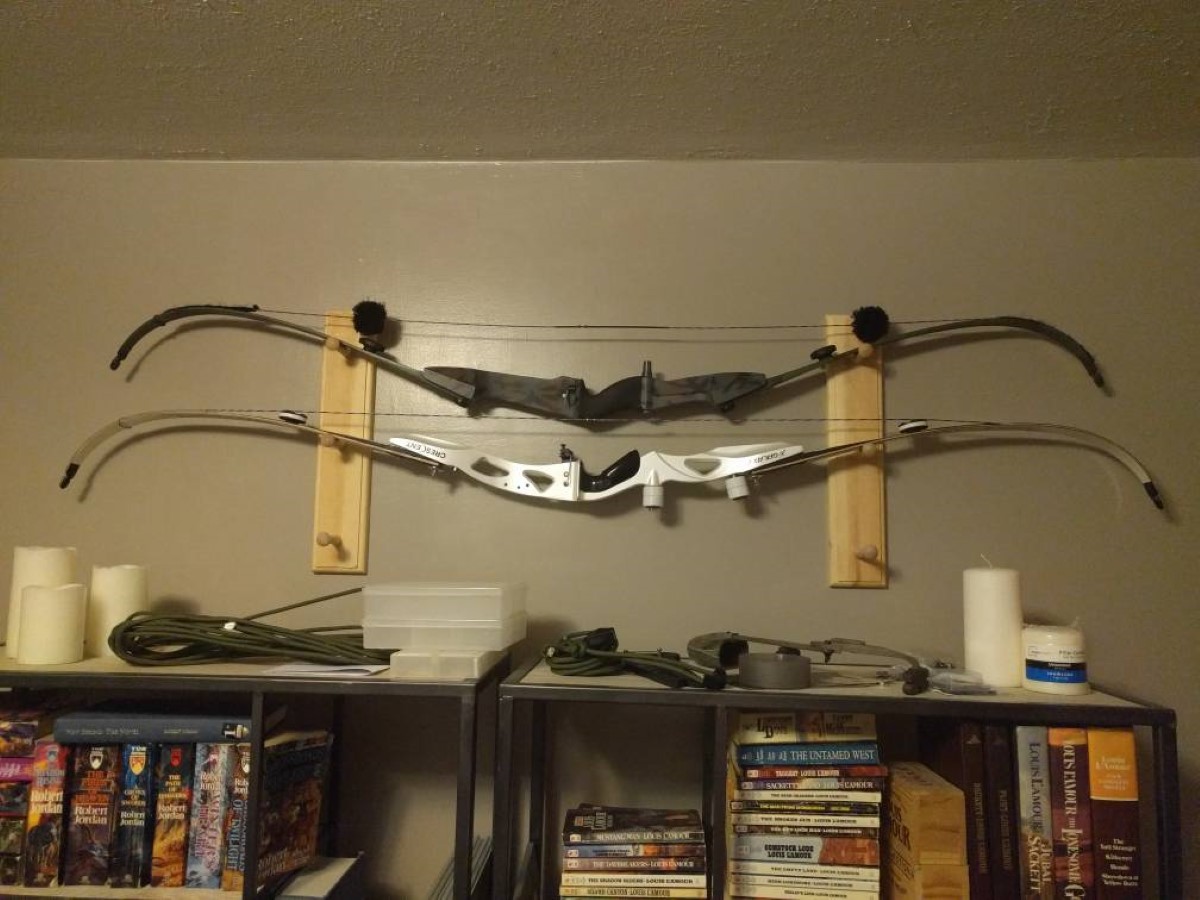

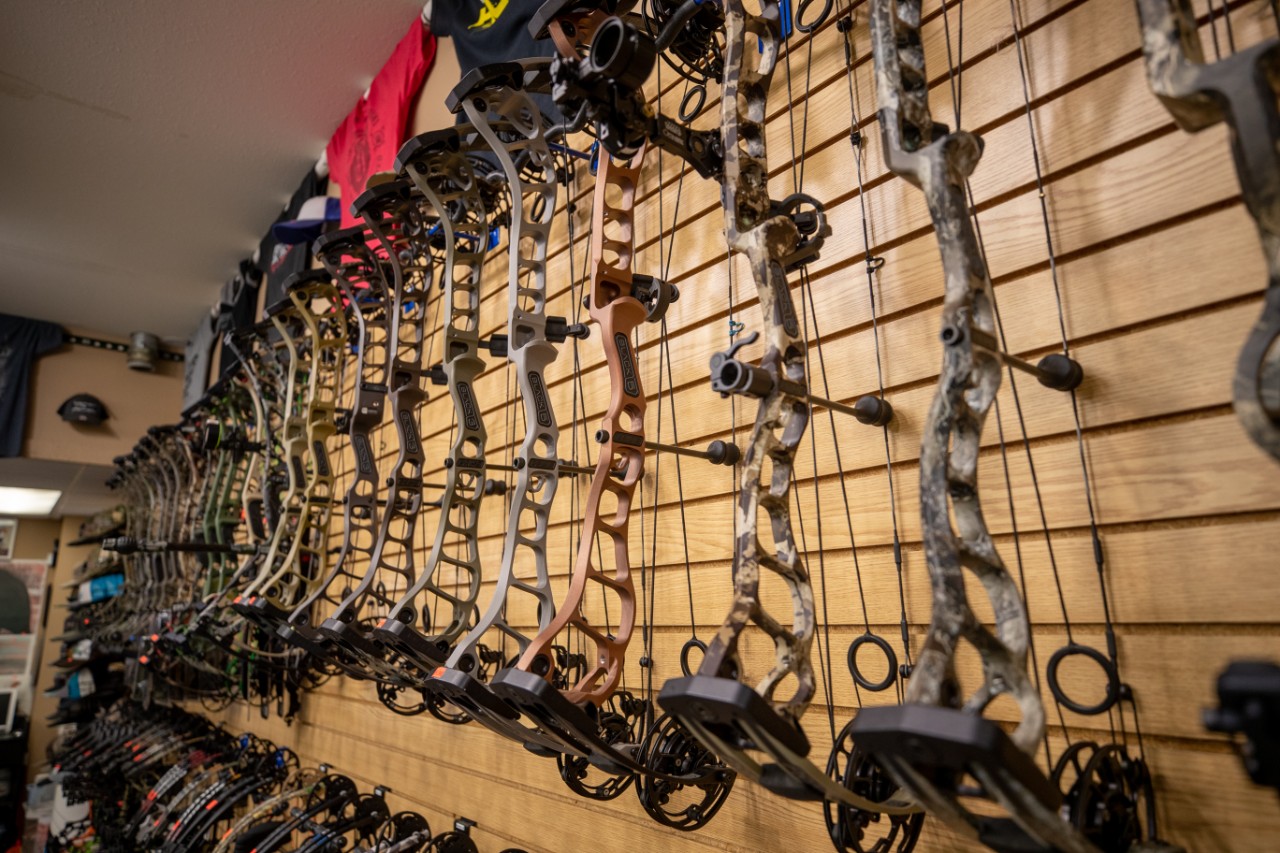
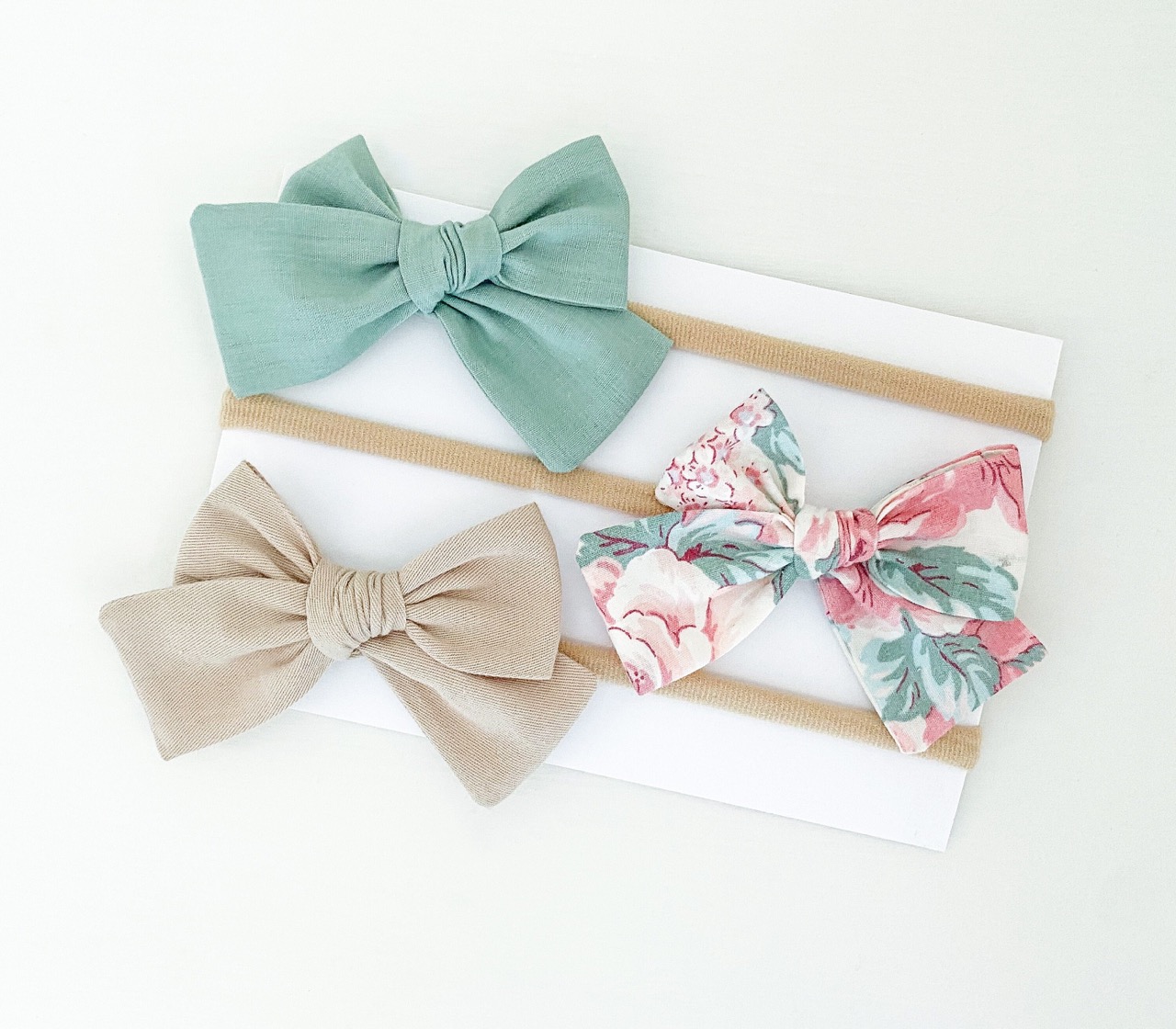
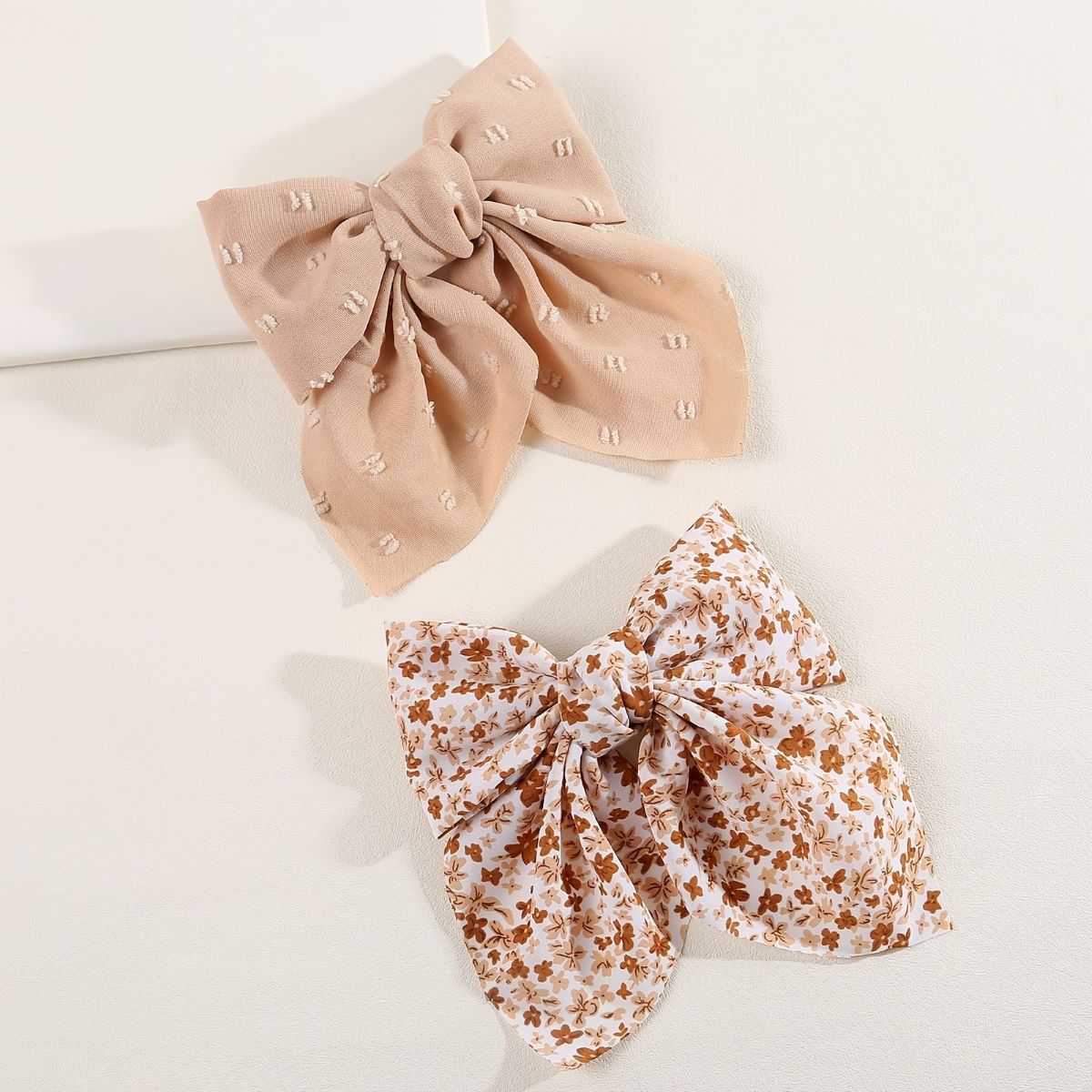
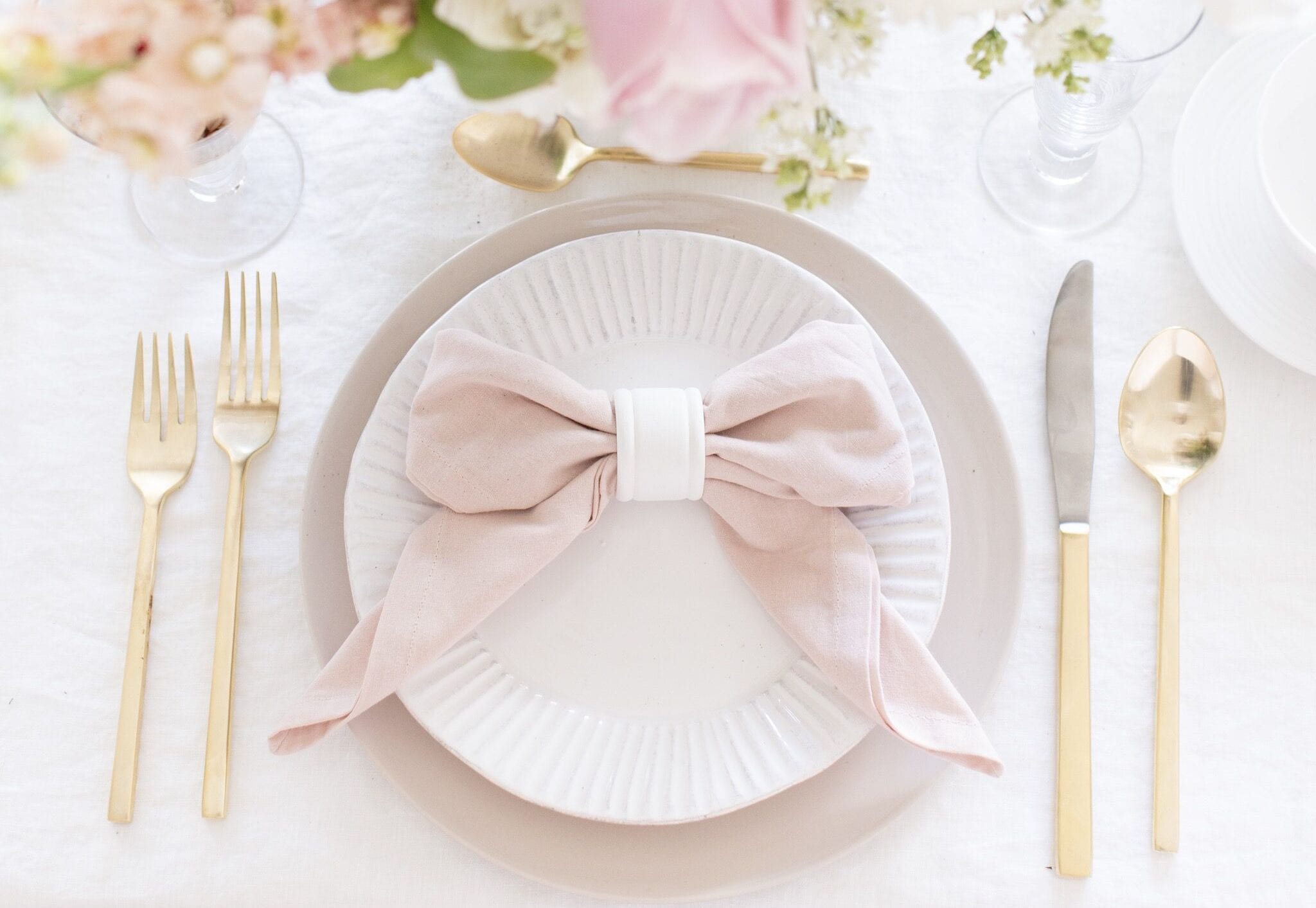
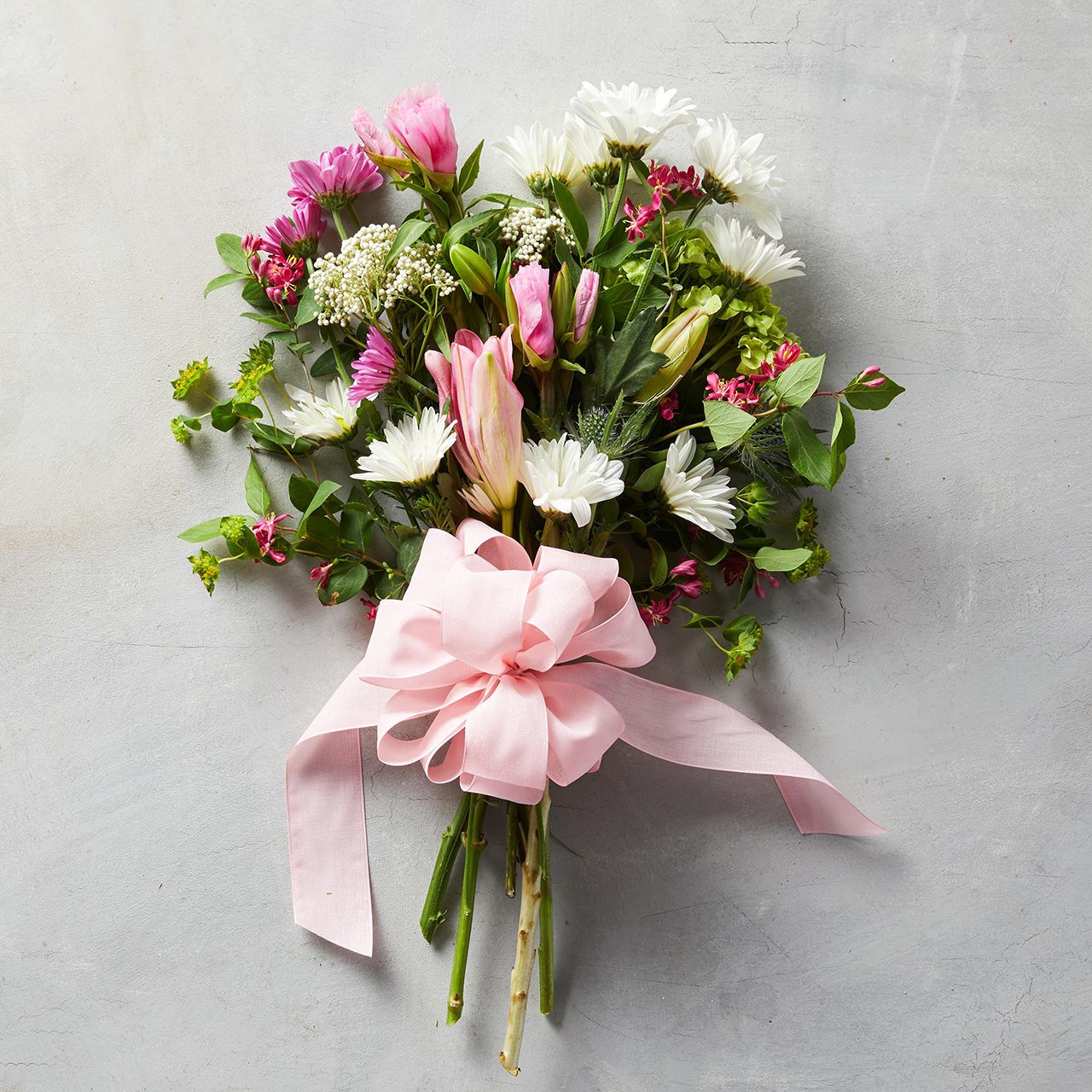
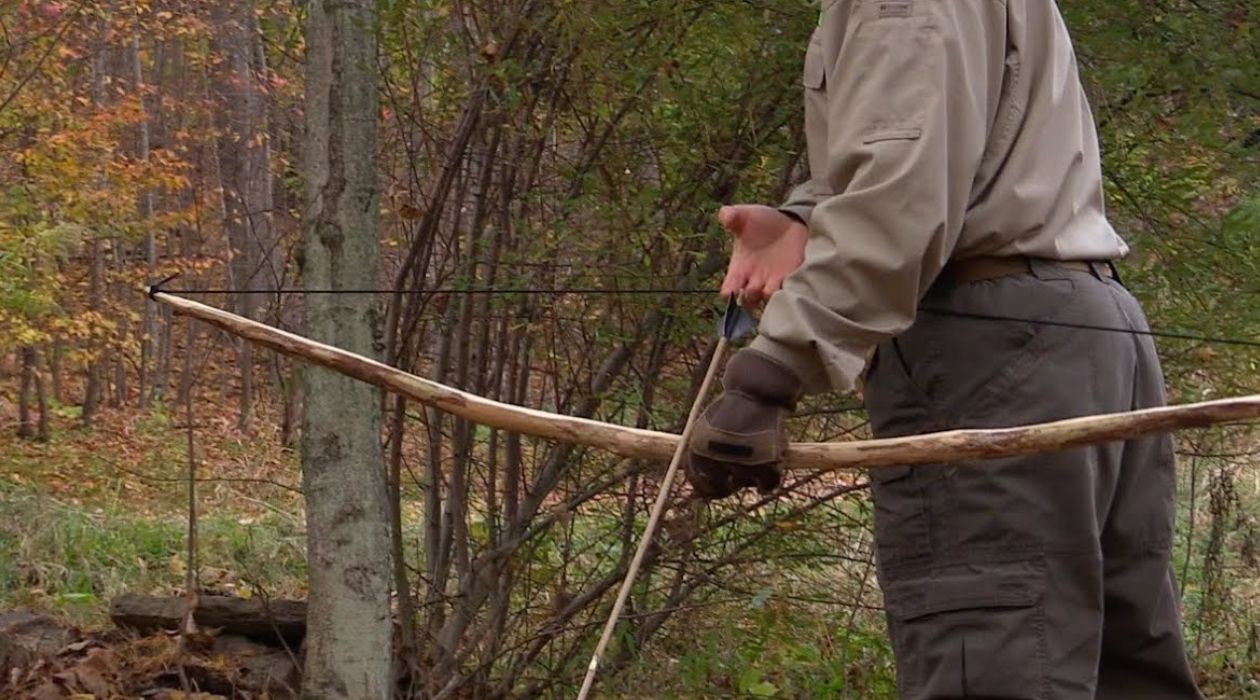
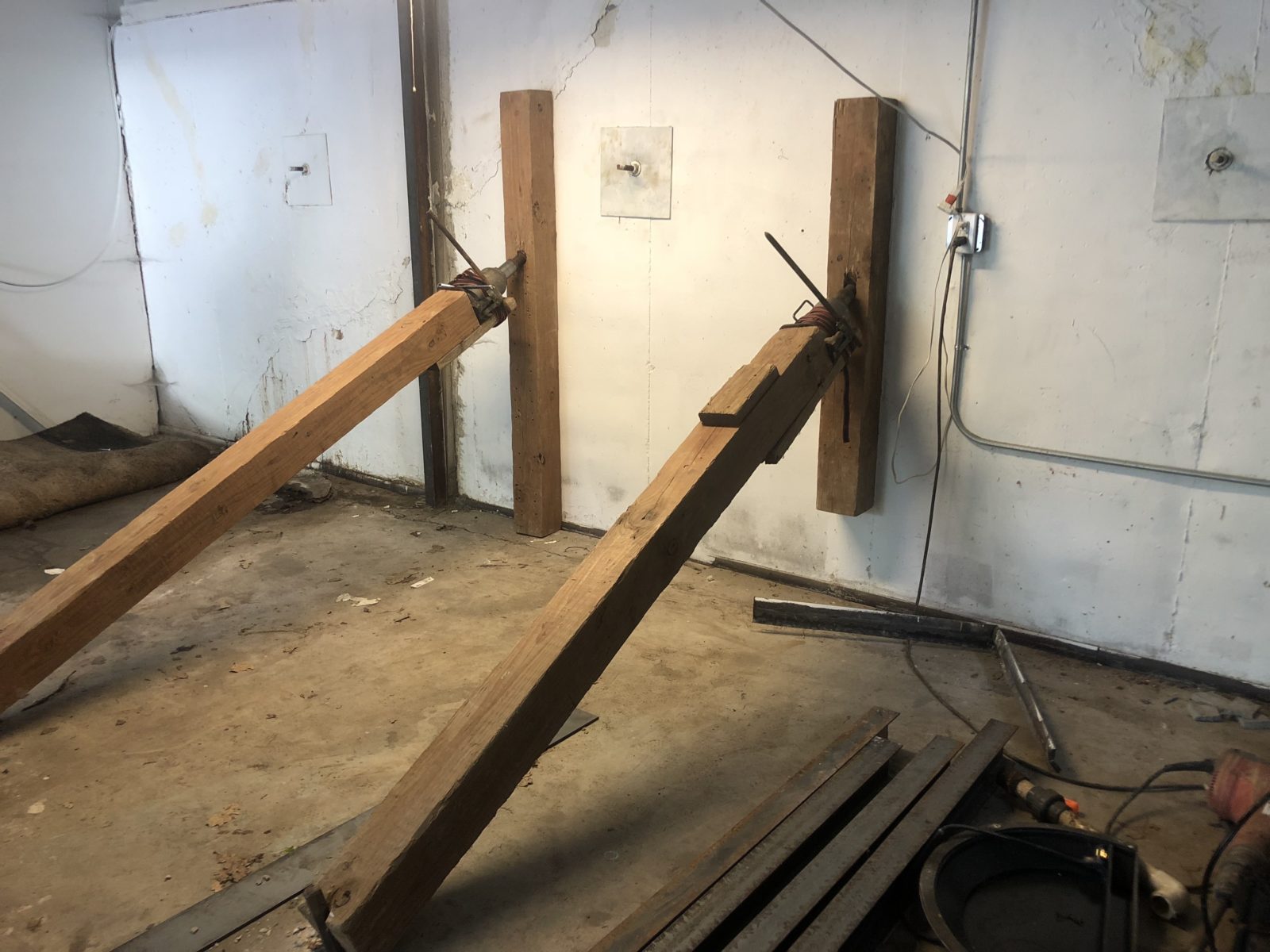
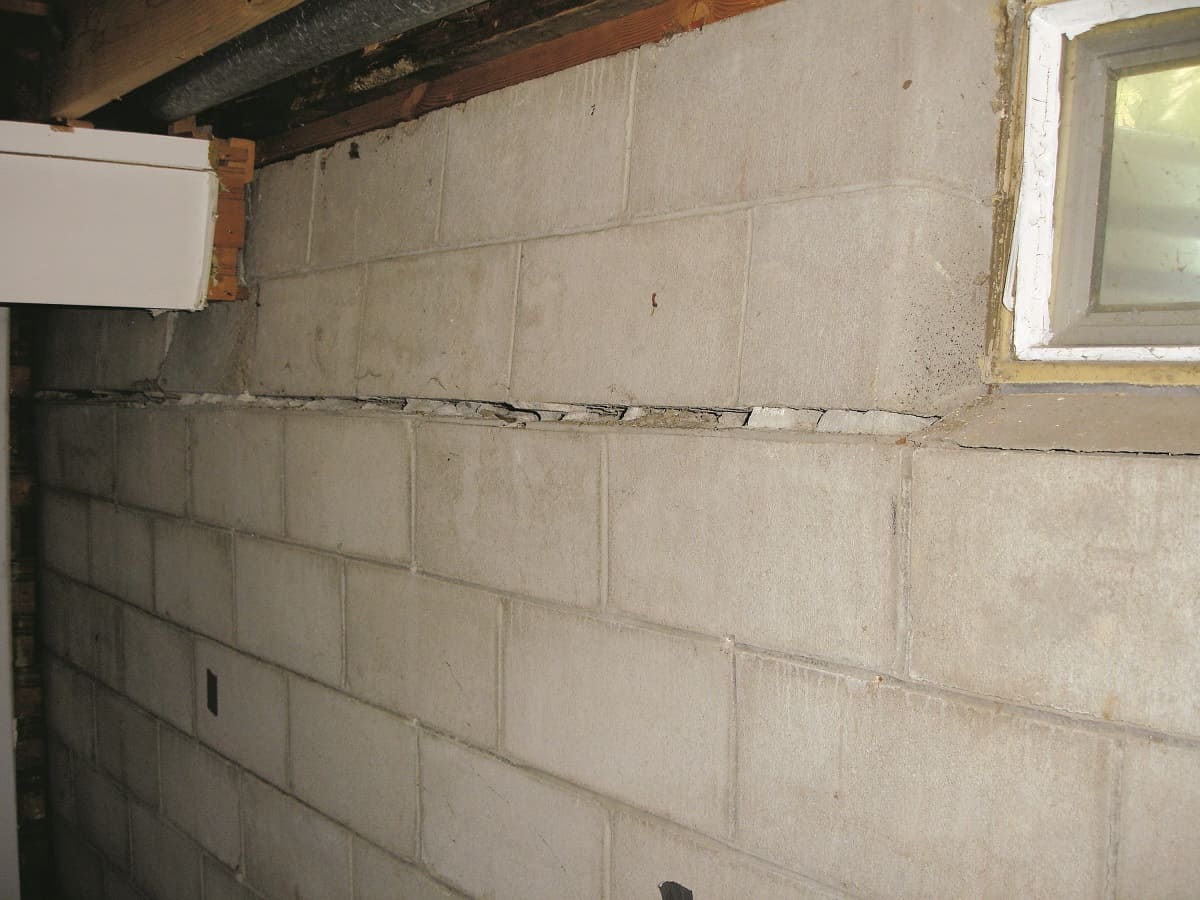

0 thoughts on “How To Store Bows”